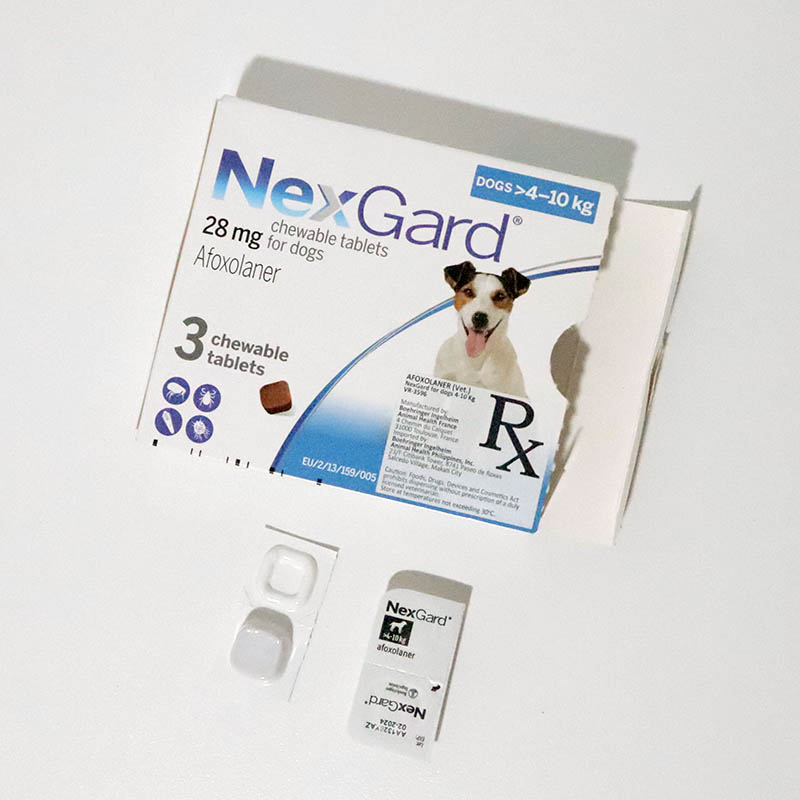Simparica Vs Seresto Comparision
When contemplating between Simparica and Seresto for safeguarding your canine companion against fleas and ticks, weighing the nuances between these two options becomes crucial. The choice between a fast-acting oral treatment like Simparica and the long-lasting collar protection of Seresto hinges on various factors. Considering the differences in active ingredients, application methods, duration of efficacy, and cost-effectiveness, a thorough evaluation is warranted to make an informed decision that aligns with the unique needs of your furry friend.
Key Takeaways
- Simparica is an oral treatment with fast action against fleas and ticks.
- Seresto is a collar providing up to 8 months of continuous protection.
- Simparica is suitable for dogs over 6 months, while Seresto is safe for puppies.
- Simparica requires monthly administration, Seresto offers cost-effective long-term protection.
- Consider factors like application method, duration of effectiveness, and dog's specific needs for choosing between Simparica and Seresto.
Key Ingredient Variations
In comparing Simparica and Seresto, a notable distinction lies in their key ingredient variations. Simparica contains Sarolaner, an active ingredient that targets and eliminates fleas and ticks effectively.
On the other hand, Seresto utilizes a combination of Flumethrin and Imidacloprid embedded in the collar to repel fleas, kill larvae and eggs, and deter ticks.
The difference in application methods between an oral treatment and a collar plays a significant role in how these ingredients are administered and their subsequent effectiveness. Understanding these key ingredient variances is crucial in determining the most suitable option for your pet's flea and tick prevention needs.
Always consult with your veterinarian to make an informed decision based on your pet's specific requirements.
Application and Effectiveness Differences
When comparing the application and effectiveness differences between Simparica and Seresto, it is essential to consider the distinct methods through which these products are administered and their respective impacts on flea and tick prevention.
Simparica is an oral treatment that needs to be ingested by the dog, while Seresto is a collar that continuously releases active ingredients.
Simparica acts quickly, killing fleas within 3 hours and ticks within 8 hours, providing immediate relief. On the other hand, Seresto offers long-lasting protection for up to 8 months, making it convenient for pet owners.
Understanding the application methods and the speed versus duration of effectiveness can help in choosing the most suitable option for your dog's specific needs.
Suitable Dog Profiles
With consideration to the specific characteristics of dogs, determining the appropriate candidate for either Simparica or Seresto involves assessing factors such as age, weight, and potential health conditions.
Simparica is recommended for dogs over 6 months of age and weighing at least 2.8 pounds, making it suitable for adult dogs. On the other hand, Seresto is safe for use in puppies as young as 7 weeks old, as well as for lactating, pregnant, and breeding dogs.
Additionally, dogs with sensitive skin or those prone to collar-related issues may benefit from Simparica's oral administration over Seresto's collar application.
When selecting between the two products, it is essential to consider these dog-specific profiles to ensure the most effective and safe treatment option.
Duration and Frequency of Use
For optimal efficacy and adherence to treatment protocols, understanding the recommended duration and frequency of use for Simparica and Seresto is crucial in ensuring the well-being of your canine companion.
Simparica is administered orally on a monthly basis, providing swift action against fleas and ticks within hours. On the other hand, Seresto offers continuous protection for up to 8 months with its collar design, making it a convenient option for pet owners seeking longer-lasting coverage.
While Simparica requires a prescription from a veterinarian, Seresto is available over the counter, enhancing accessibility for pet owners. Considering the differences in application frequency and duration between these two products is essential in selecting the most suitable option for your dog's specific needs.
Accessibility and Cost Factors
Accessibility and cost considerations play a pivotal role in determining the practicality of choosing between Simparica and Seresto for canine flea and tick prevention.
When evaluating accessibility, Seresto holds an advantage as it is an over-the-counter product, readily available without the need for a veterinary prescription. On the other hand, Simparica requires a prescription, which may add an extra step in the procurement process.
In terms of cost, while Simparica may offer convenience with its monthly dosing schedule, Seresto's longer protection period of up to 8 months can be more cost-effective in the long run. Pet owners looking for a budget-friendly option may find Seresto more appealing due to its extended duration of effectiveness, providing continuous protection against fleas and ticks.
Frequently Asked Questions
Can I Use Simparica and Seresto Together for Maximum Protection?
Using Simparica and Seresto together may not provide additional benefits. Consult your veterinarian for the best protection plan. Each product offers unique advantages, and combining them may not enhance efficacy. Your vet's guidance is crucial for optimal pet care.
Are There Any Known Interactions With Other Medications or Treatments?
When considering interactions with other medications or treatments, consult your veterinarian for guidance. It is crucial to ensure the safety and efficacy of combining different products, as certain combinations may lead to adverse effects or reduced effectiveness.
What Should I Do if My Dog Experiences Side Effects From Either Product?
If your dog experiences side effects from any product, promptly discontinue use and seek veterinary advice. Record symptoms, product details, and when the adverse reaction occurred. Prioritize your pet's well-being and follow professional guidance for potential treatment adjustments.
Can I Use Seresto on My Cat if I Also Have a Dog Using It?
Yes, Seresto can be used on cats if you have a dog using it. Seresto collars are safe for cats and dogs, offering effective flea and tick protection. Always ensure correct sizing for each pet and monitor for any adverse reactions.
Do I Need to Consult My Vet Before Switching Between Simparica and Seresto?
Consulting your veterinarian before switching between Simparica and Seresto is recommended to ensure the continuity of your pet's flea and tick protection. Your vet can provide guidance based on your pet's specific needs and health considerations.
Conclusion
In conclusion, Simparica and Seresto offer different options for flea and tick prevention in dogs.
Simparica, with Sarolaner as its active ingredient, provides quick action when ingested orally, while Seresto, in collar form, offers up to 8 months of continuous protection.
Both options have their advantages, so consulting with a veterinarian to determine the best choice based on your pet's specific needs is recommended.
Consider key factors such as ingredient variations, application methods, effectiveness, suitable dog profiles, duration of use, and cost.








